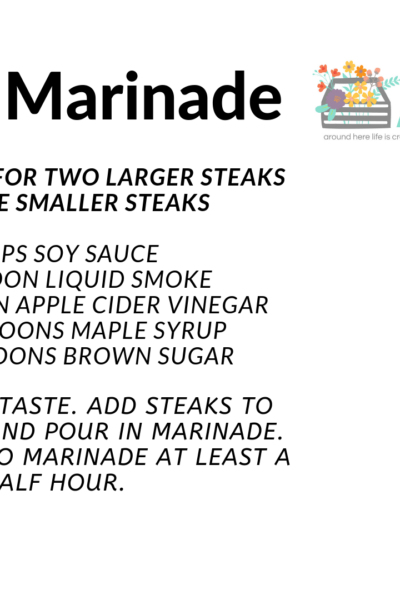A few months ago I showed how we feed our dairy cows and I promised I would show you how the feed gets into the storage bunker. Here it is, your introduction to harvesting haylage. Before any hay can be harvested, we have to start with a great field. Getting a great field takes a lot of patience, sun, warm weather, rain and a little bit of carefully placed fertilizer.
On day one of a hay harvest we do something called cut the hay. Cutting the hay is as simple as it sounds, a large machine goes over every inch of the field and cuts the plant off a few inches from the ground.
All of the plants are then put into a wide, thin row. The purpose of a spread out row is so the plants can dry in a quick manner. If the drying process takes too long the hay will rot, or it could take a lot of extra man power to make sure it’s in condition for feeding. With our rows spread out in a thinner manner, drying the haylage will only take about 12-16 hours. We left the haylage in the field until the next morning.
Day two of the harvest began at about 9:30 am. The morning dew gives the haylage a perfect moisture content and we are ready to begin the harvesting process. Remember, we had the hay in wide, thin rows. Well, we can’t harvest haylage in these rows, it is too time consuming and not efficient. The next step in the process is called merging. A tractor pulled machine will pick up three of the spread out rows of haylage and put them into one large condensed row.
By doing this, we will be able to harvest the haylage faster. The larger rows also prevent the haylage from getting too dry. Harvesting crops is a game of patience like I said earlier. Crops have an ideal moisture level and we can have a great deal of trouble if they get too dry or too wet.
We’re only half way through the process of harvesting haylage, but you’re going to have to wait. I will post the second part of harvest in the next few days!








[…] If you want to know more about harvesting grasses and hay check out my two posts from last year (Part 1 and Part 2). A truck waiting to get another load of […]